“Come From Away”: A Road Trip Across Newfoundland
Paying homage to 9/11 in Remote Canada
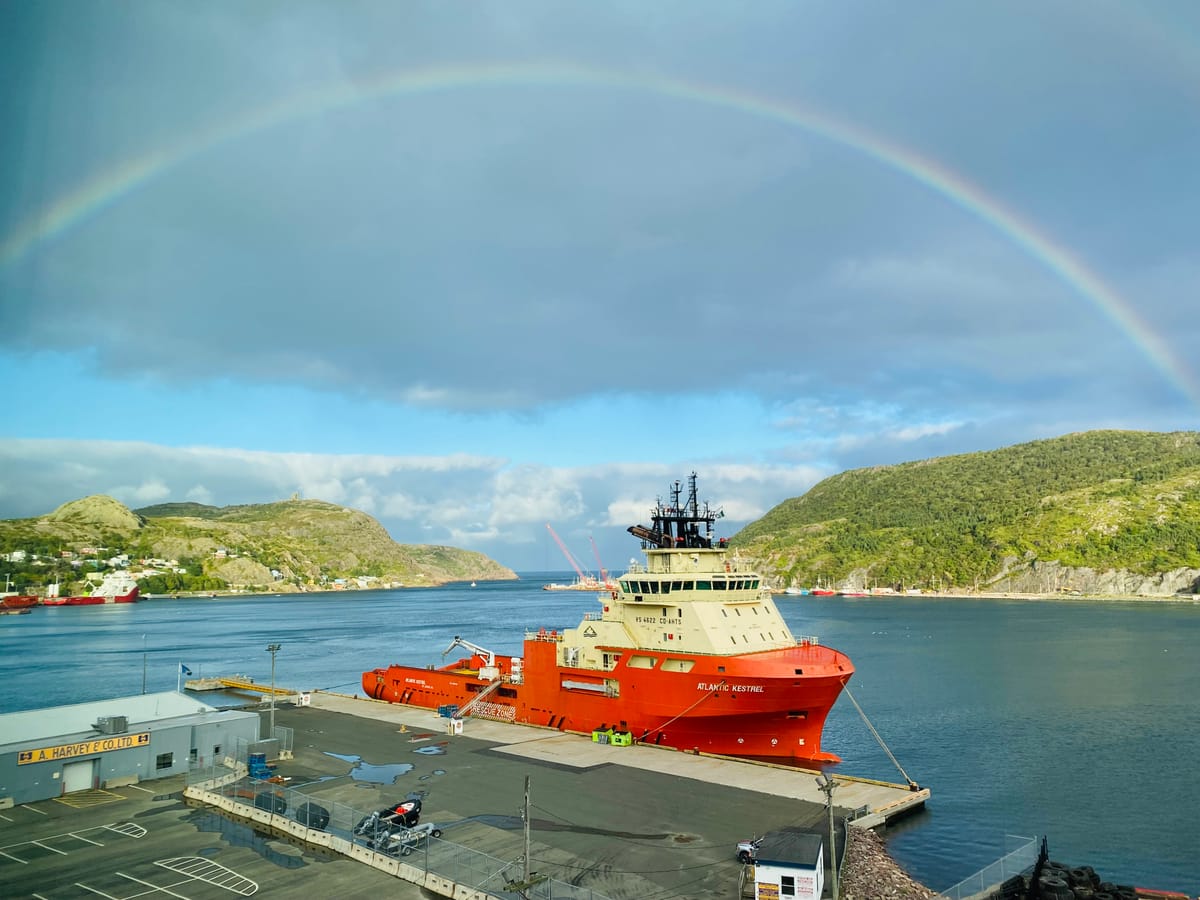
Curated Recommendations and Guide
Just this last week, we surprised a dear friend (and aviation enthusiast) with a trip to one of the world’s most remote and strategic airports on a giant, remote island that many of us have flown over (and likely disregarded) a number of times: Gander in Newfoundland, Canada.
But getting there was an adventure, and required flying into the provincial capital, some 4 hours away, and then driving across the island. With the now well-recognized Fogo Island just another 2 hours away, we were lured further to see one of the world’s most remote and design-forward destinations.
Our full research on how to execute this trip – including suggested hotels, restaurants, shops, and sights – is detailed on the link at the bottom, but first, the narrative of our adventure:
—-------------
St. John’s
St. John’s - the capital of Newfoundland & Labrador - sits far out into the Atlantic, making it home to the easternmost point of North America and Canada - and as it’s a big island, the primary way in and out of the province. Locals call it the “big city,” some making the multi-hour trek to the only Costco nearby annually, others lucky enough to attend university here—but by our standards, it’s a relatively compact town. A big cruise ship was in port on its way around the world during our visit, colouring the streets with an unusual mix of people. But, when we arrived, we could barely understand what the locals were saying: the dialects are strongly old Irish, making it feel kind of foreign. In fact, Newfoundland wasn’t even part of Canada until 1949 (previously part of the British Commonwealth). While there are many Irish pubs and musical venues to be found, we settled on a few gourmet kitchens—where we tried such local delicacies as cod tongue. Clearly, we had fun with nomenclature—we visited suburban villages of Dildo, Flatrock, and Portugal Cove, and popped up to the hilltop where Marconi sent the first transatlantic communication, before heading out for our long road trip ahead.
Gander
If you’ve seen the play “Come From Away,” then you know about Gander. It’s the place where 7,000 passengers on 38 transatlantic planes were grounded for a week during 9/11. They didn’t have enough hotel rooms to house them, so the villagers took them in their homes & schools and cared for them — so much that some of their friendships with the locals have been life-long, prompting returns annually for commemorative visits.
Indeed, Gander isn’t a tourist town—it’s in the middle of the wilderness: there were only a few motels for us to choose from. The airport was built strategically just before WWII as a refueling stop —for the next suitable landing place is Ireland. The airport became a beacon for Canada, and hosted transatlantic passengers heading from Moscow to Havana and New York to Paris just before long range jetliners took over. Fantastic museums in the town show pictures of Fidel Castro on a sled, Pepsi-colas given to Aeroflot passengers, Elvis, Queen Elizabeth II, and the Concorde; there’s a museum paying homage to the many (10,000) warplanes ferried from here to Europe for WWII (and now the arms for Ukraine are sent via Gander); it also hosts 3 pieces of steel from the World Trade Center. Their stories from 9/11 are unforgettable and revive one’s faith in humanity.
As luck had it, “Come From Away” was playing its final night in the local theater during our visit. We got to see it, with half of the cast reigning from Gander, local dialects and all…talk about energy and passion in a room. If you haven’t seen the play yet, you simply must! (It's touring the US next year)
Fogo Island
I came to the Fogo Island Inn for the future-forward ‘architectural hotel fantasy’ alone. We ended up absolutely adoring the whole of Fogo Island beyond the Inn. Indeed, that’s what the architecture seems to have been employed to do: lure monied visitors in and get them to care about something much deeper: this community and place.
Touted as an “Ends of the Earth” destination, it takes quite an effort to reach this remote island on the edge of the continent. It’s a 5 hour drive on 2 lane roads and through immense forests from St. John’s (the nearest major international airport), then a 1 hour ferry (no reservations, one you have to pray to get a spot on given terribly long lines), and then another 30 minute drive across the 2,500 person, and otherwise largely uninhabited, island.
As with anything in Newfoundland, most places come with an emotive story, and Fogo is no different. Until recently, the island was a fisherman’s economy. But, the island basically died in the 1970s as a result of commercial fisheries decimating the local waters. Half the island left for the mainland. But one local woman went to Silicon Valley, became a CEO, made millions, and then returned back to Fogo to build the inn and revive the economy in a way that benefits the entire community. It is a story of inspiring vision and community stewardship — CBS’s ’60 Minutes’ did a great piece on Fogo that is worth a view.
The inn itself is a modern masterpiece of local creation: everything inside of it is made locally, from the quilts to the furniture; locals forage berries and herbs and catch the now-restocked fish; nearly everyone employed there is from the island. And it is anything but hokey: we had one of the most elegant dinners we’ve ever had watching the sun set in the double-height glass dining room.
We hiked to the various mini architectural studios that house artists who have been selected annually in an international competition to “create” a body of work on Fogo. These amazing structures sit at the ends of remote hiking trails that face tranquil bodies of Puffin-filled water, and across bogs filled with bright-red pitcher plants and partridge berries. Jelly bean-colored fishing villages sit on stilts in a setting where everyone knows everybody — very, very deeply.
And talking with the locals was literally an experience from another, long lost world. In the hour that we first arrived, an old man named Winston came up to introduce himself as we set off hiking…because he just wanted to welcome us. They speak a dialect of Old Irish / English that has been isolated and preserved over the centuries. They use words (such as “warsh” for “wash”) like my grandmothers from the South once used. Signage is in Gaelic. And honestly, they are some of the nicest people I’ve ever met. ‘Salt of the Earth,’ as we would say … In one of the most peaceful enclaves of hospitality this world could possibly preserve. What a way to conclude a road trip through the vast Canadian wilderness.
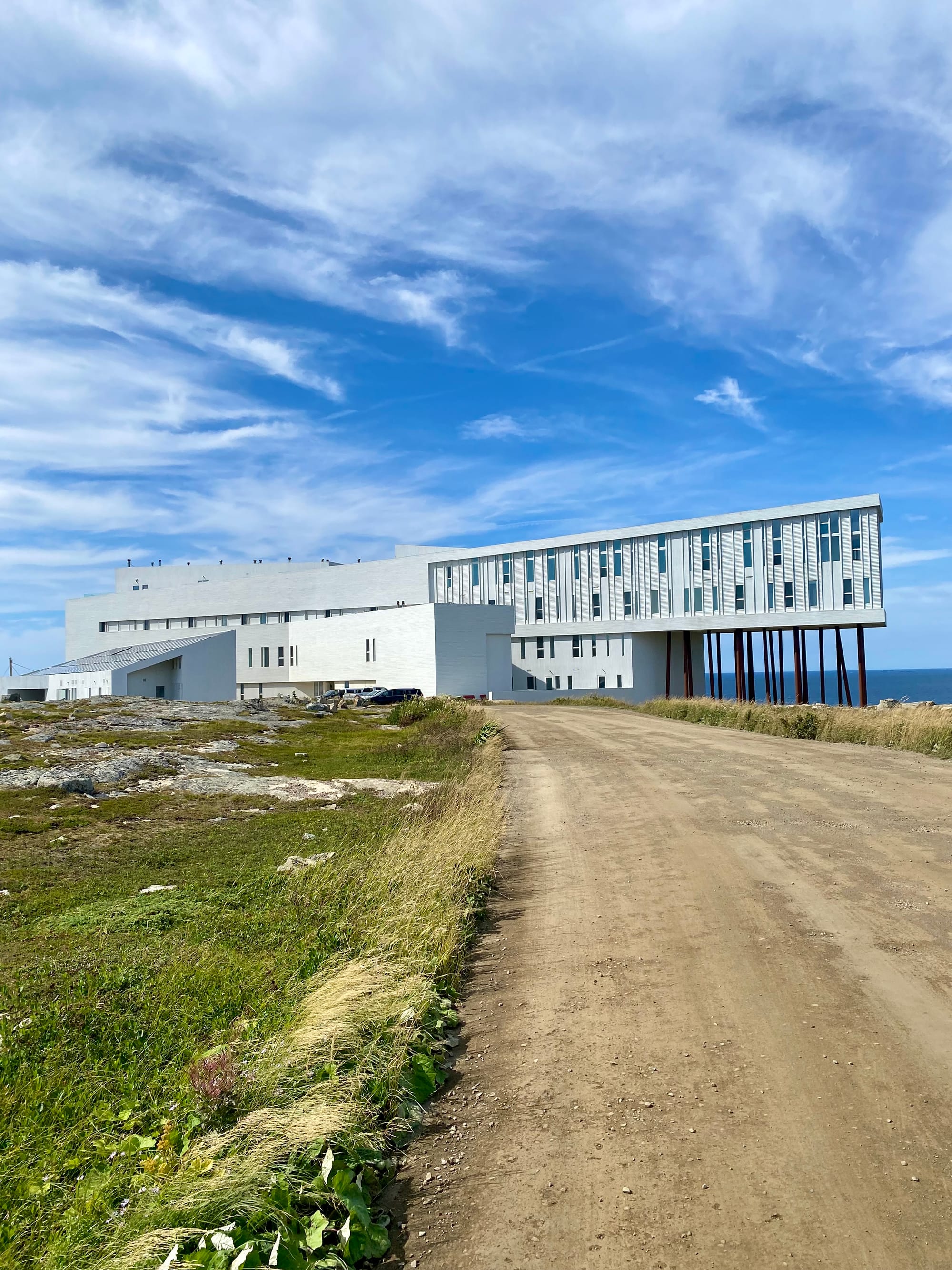
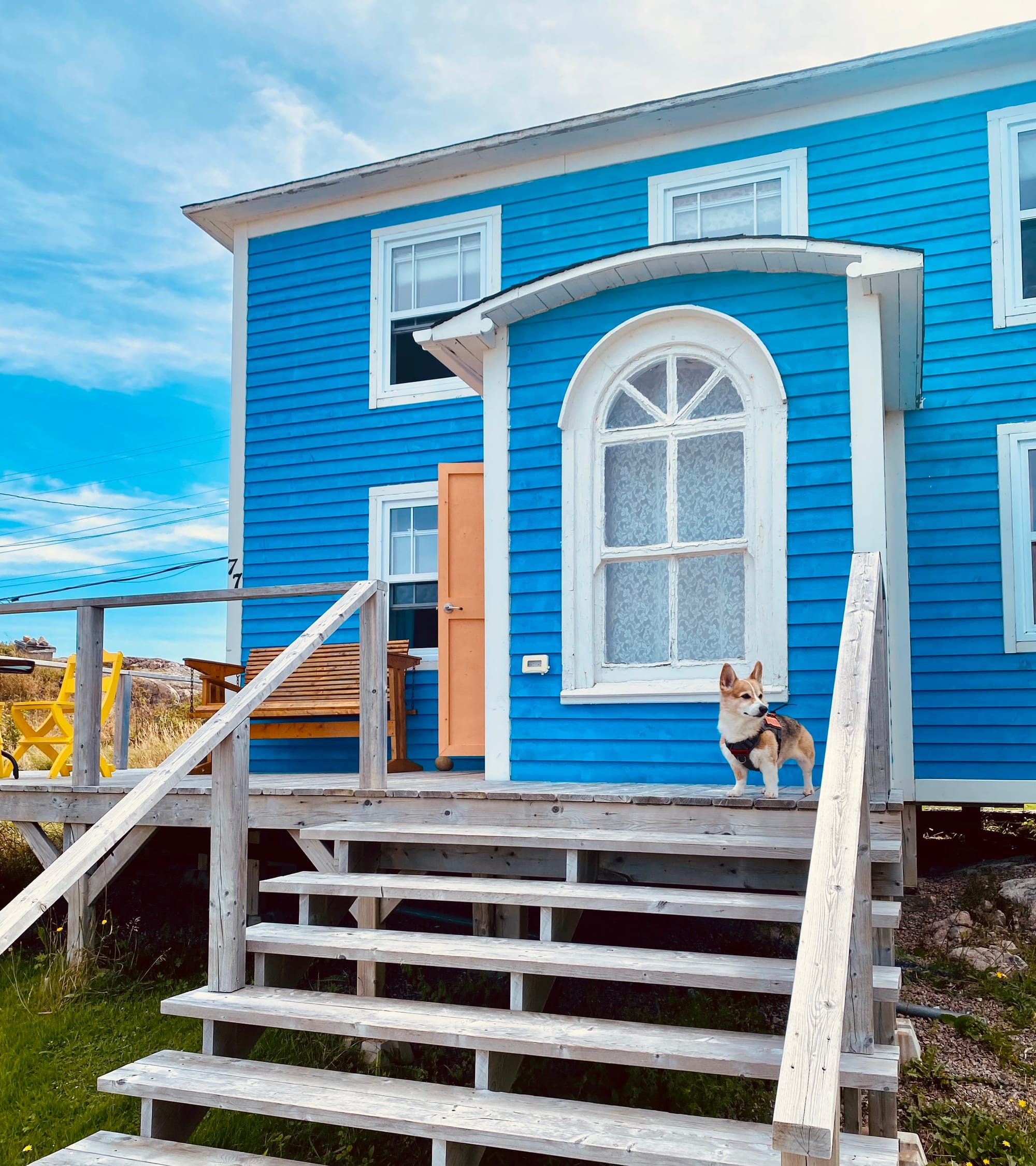
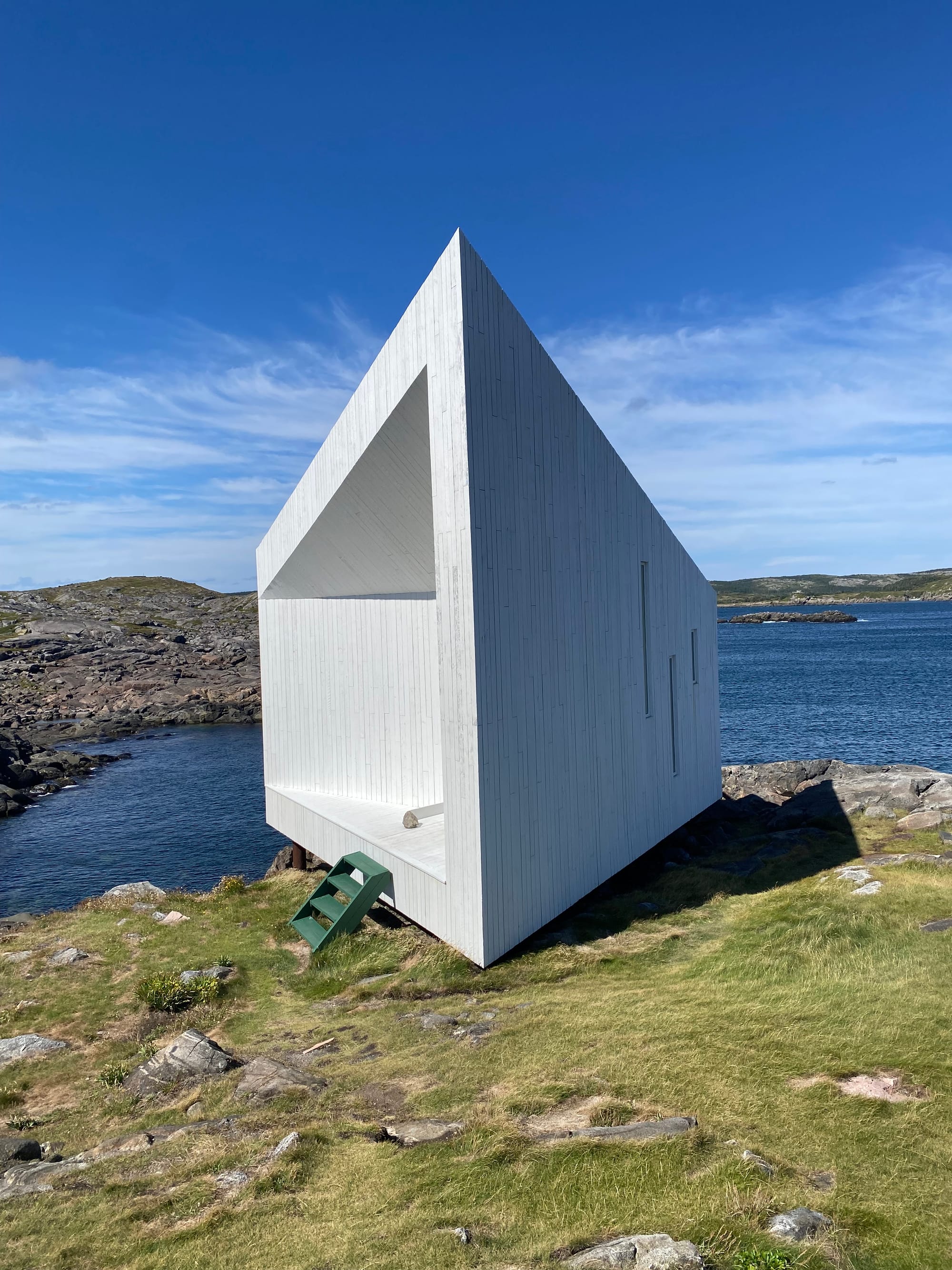
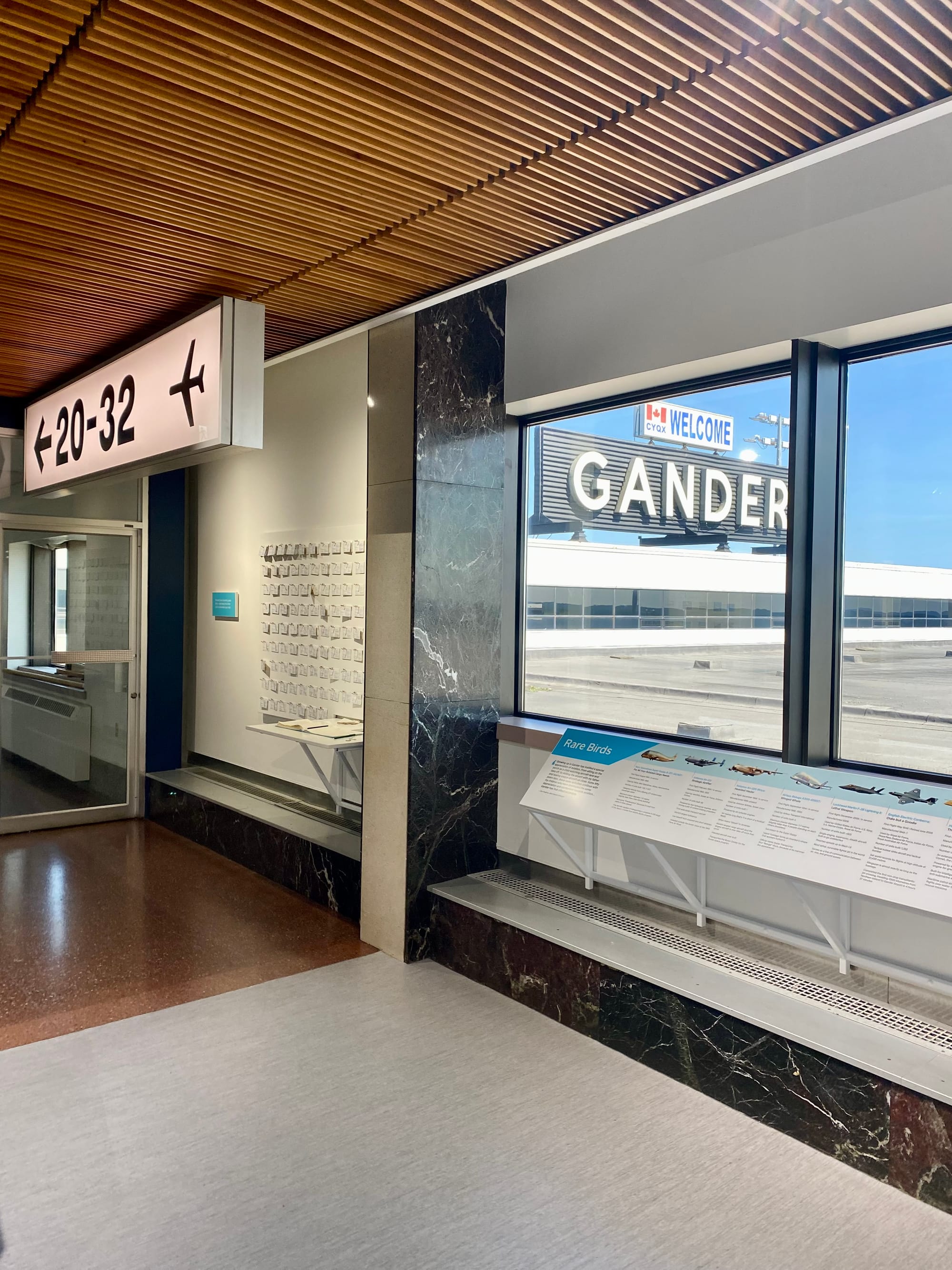
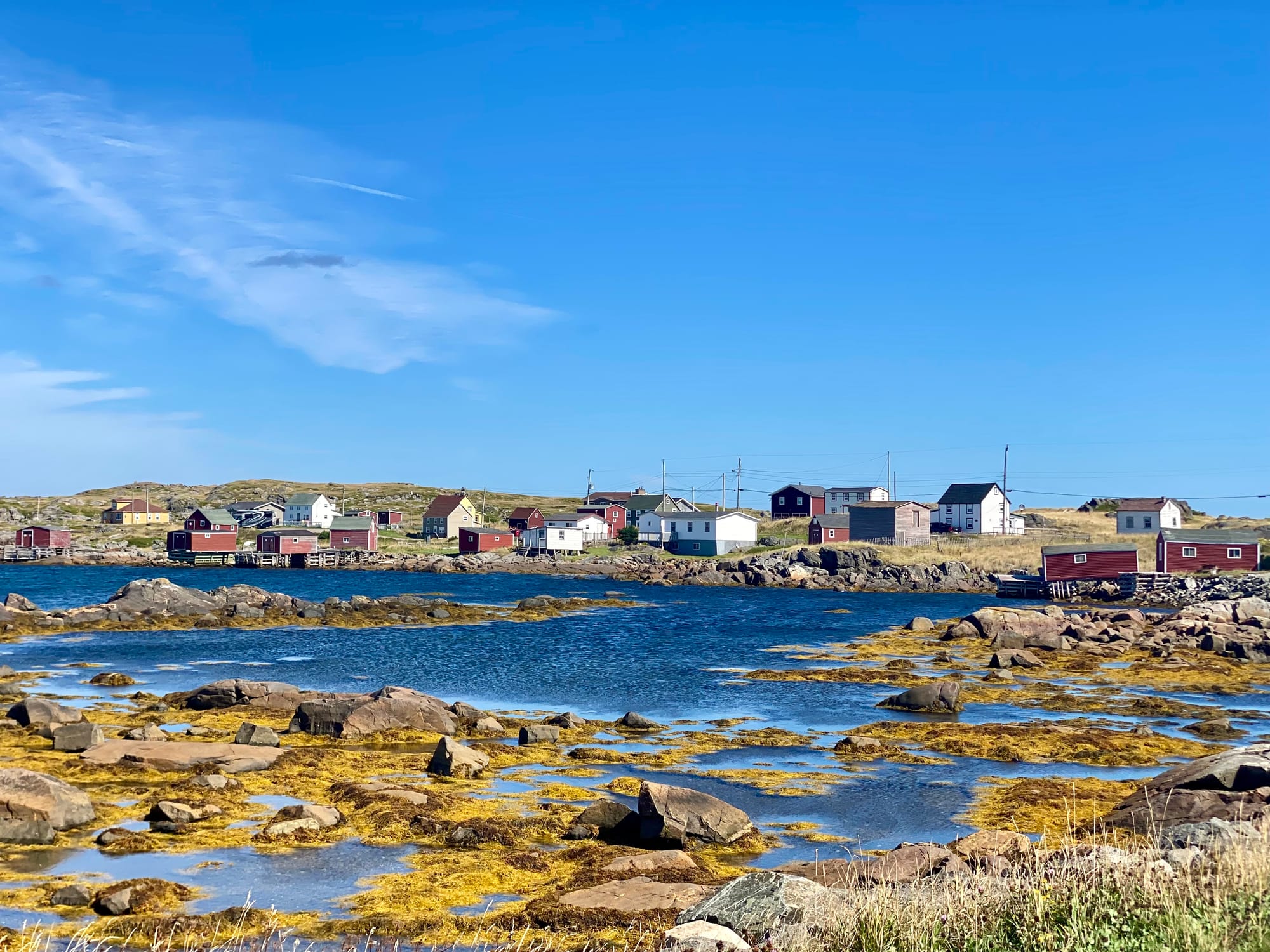
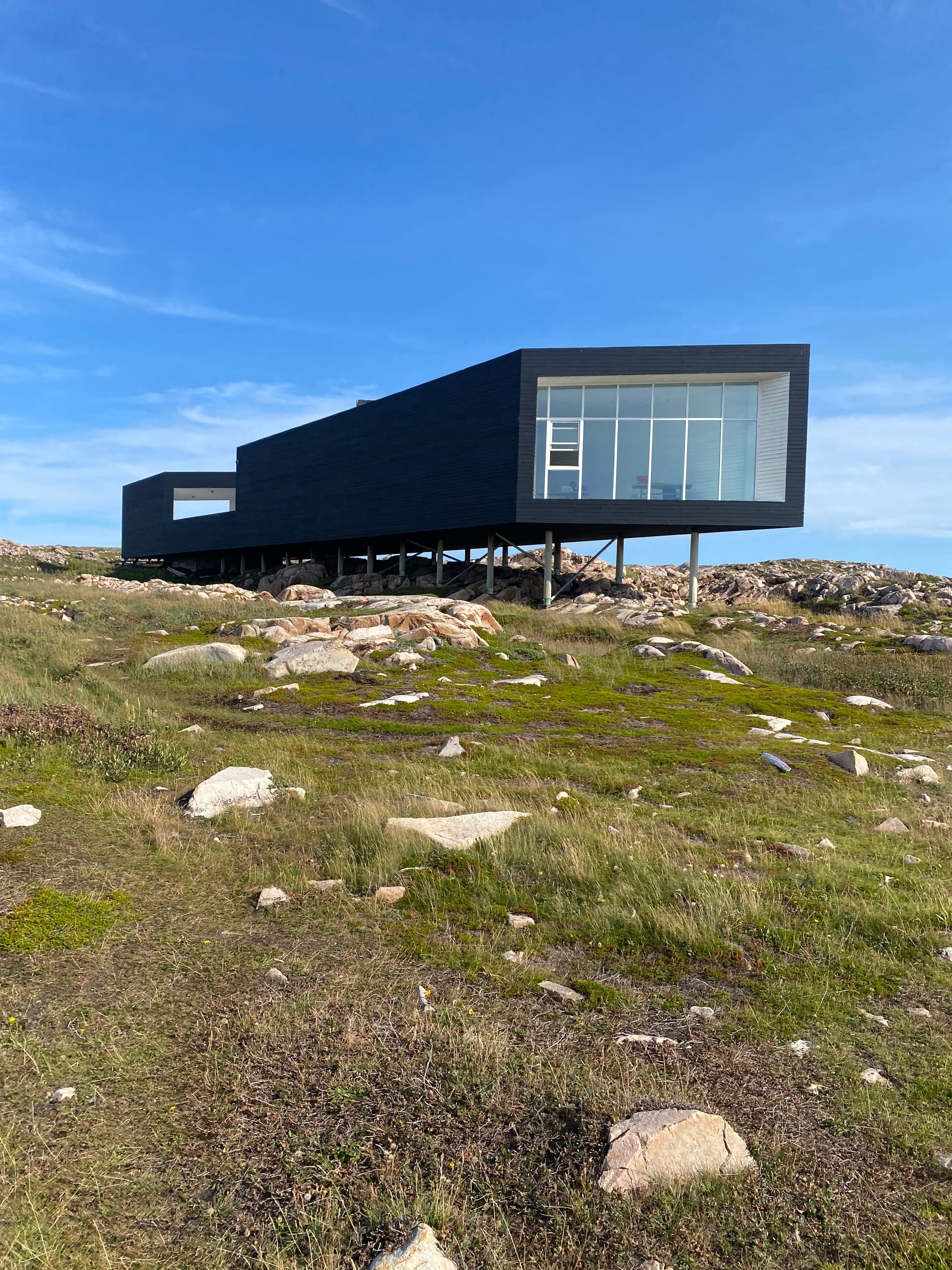
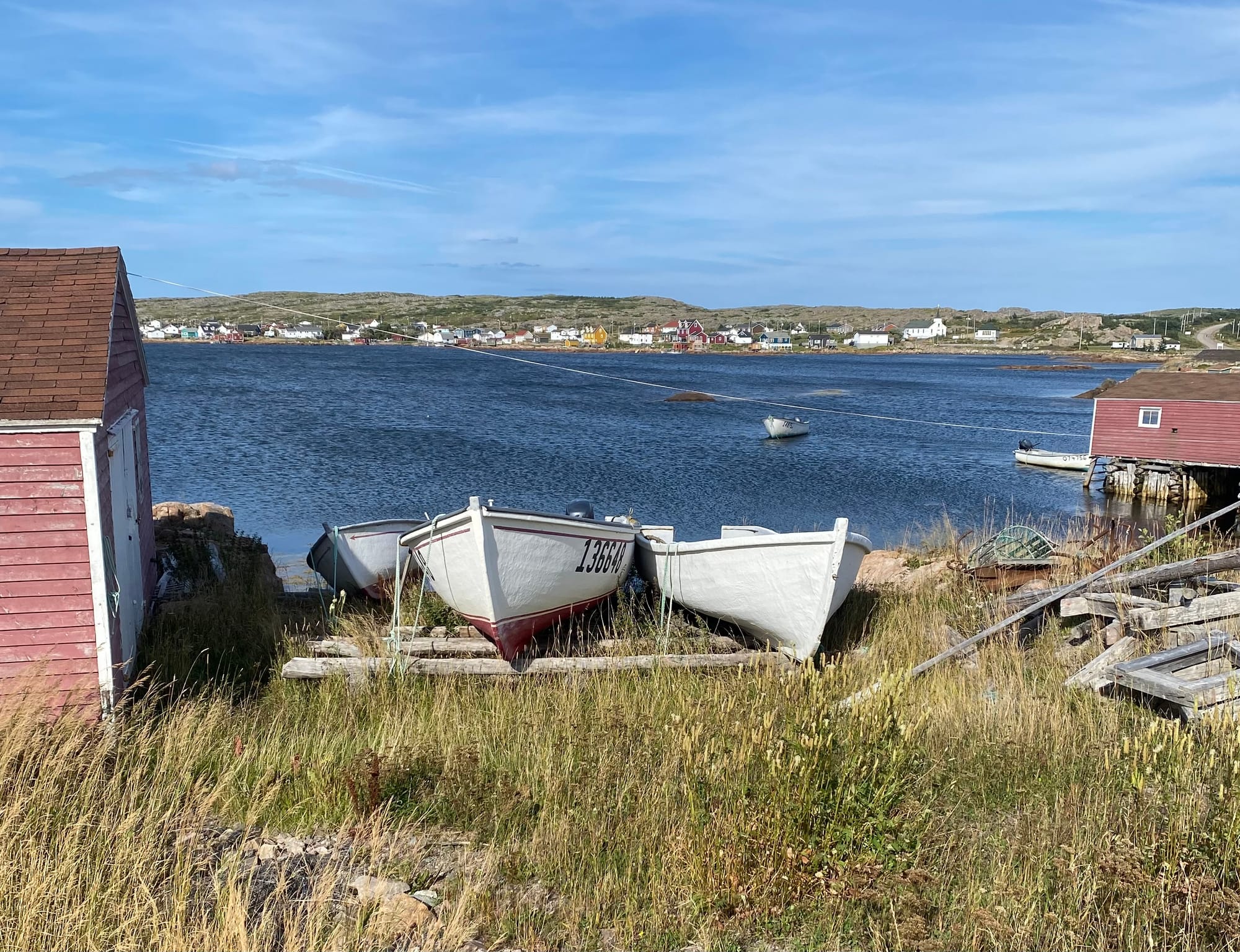
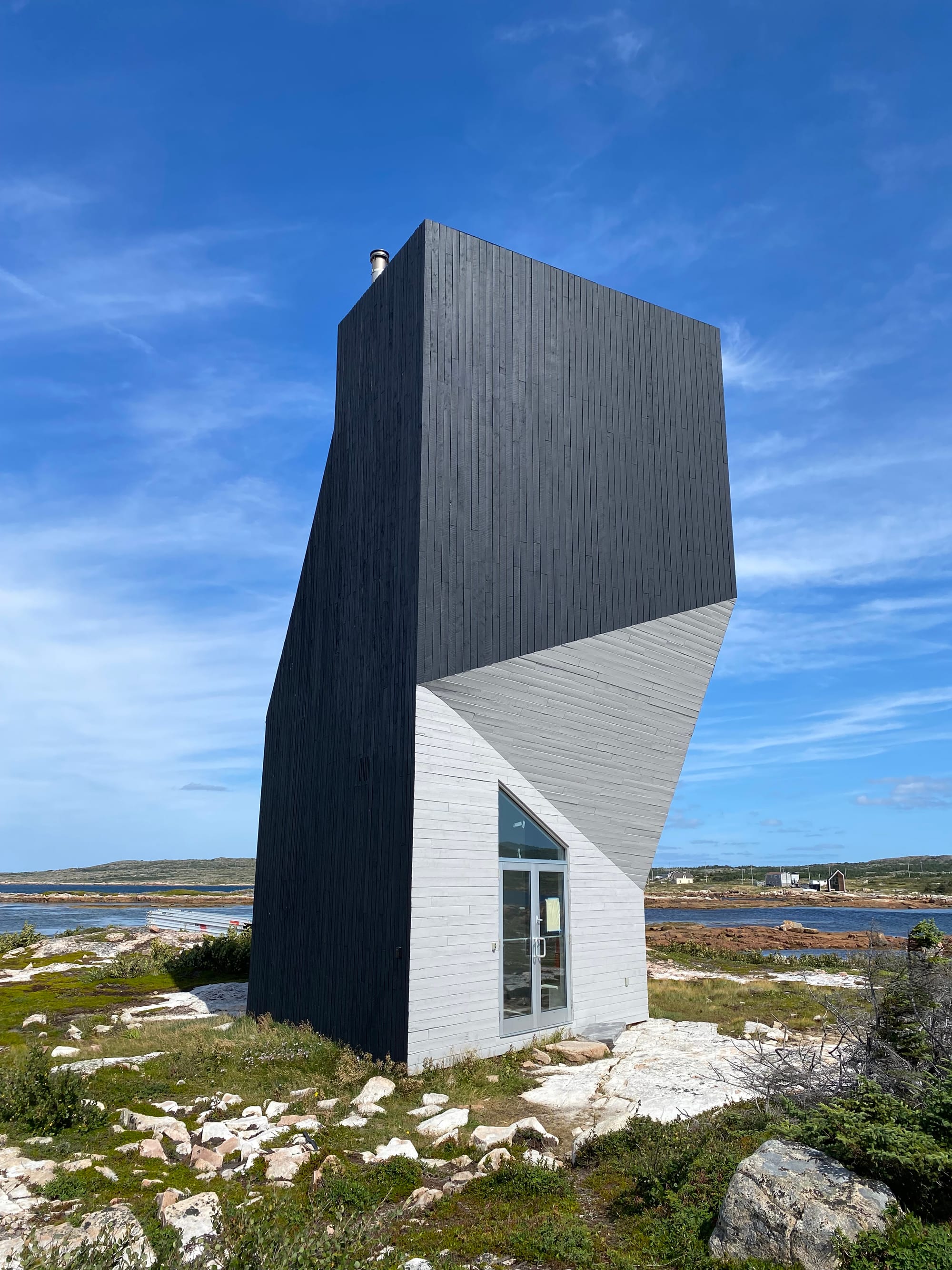
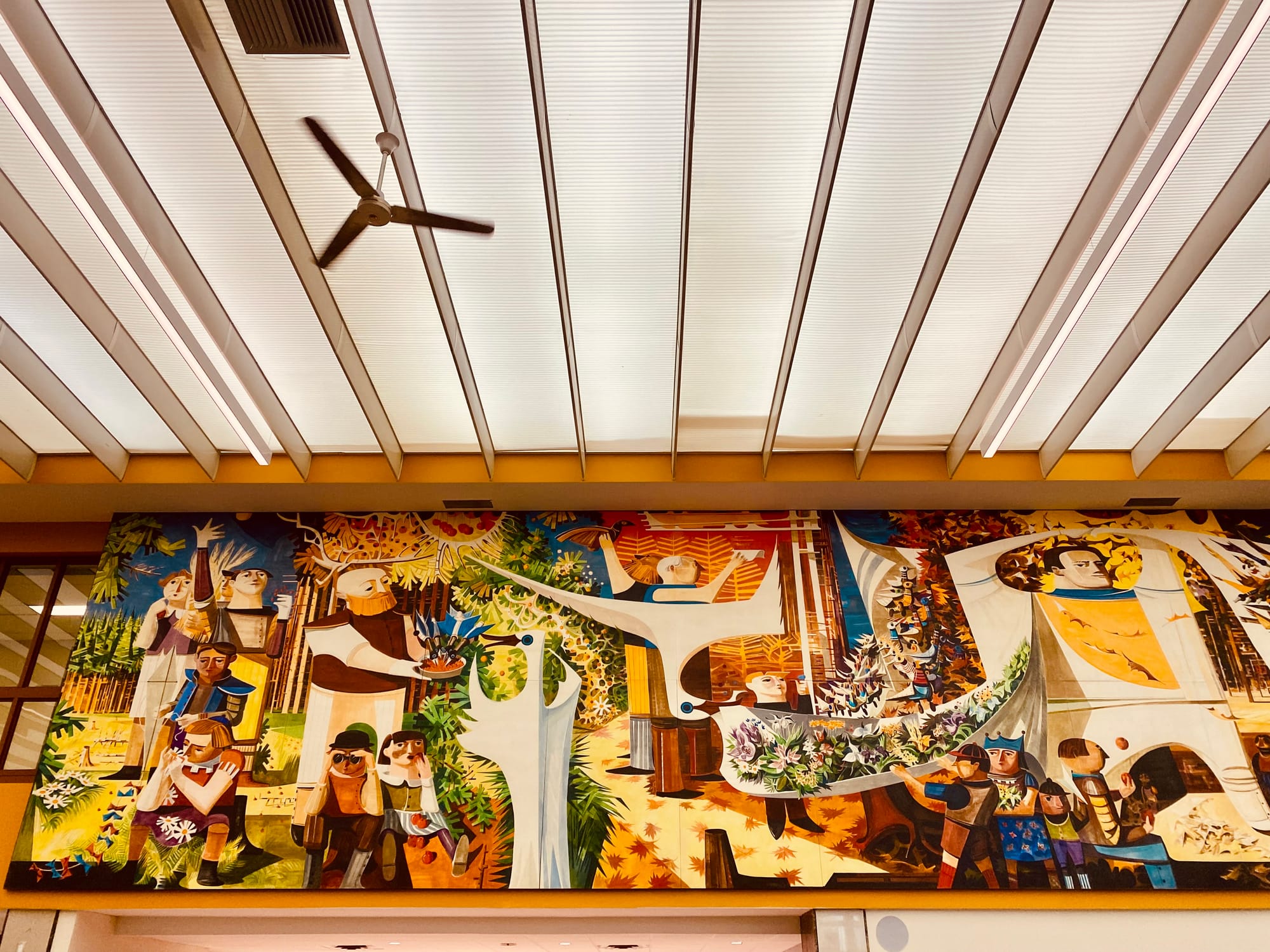
From top left: Fogo Island Inn; Margaret's Cottage on Fogo; Squish Studio of Fogo Island Arts; Gander International Airport; Tilting Village, Fogo; Long Studio of Fogo Island Arts; Joe Batt's Arm, Fogo; Tower Studio of Fogo Island Arts; Gander's "Flight and its Allegories" mural. At top: St. John's harbour.
Photo Credit: Syllogi
Syllogi’s ‘Travel Research’ publication is an exclusive offering for our members, giving you selected access to our collection of travel projects and guides from our library.



